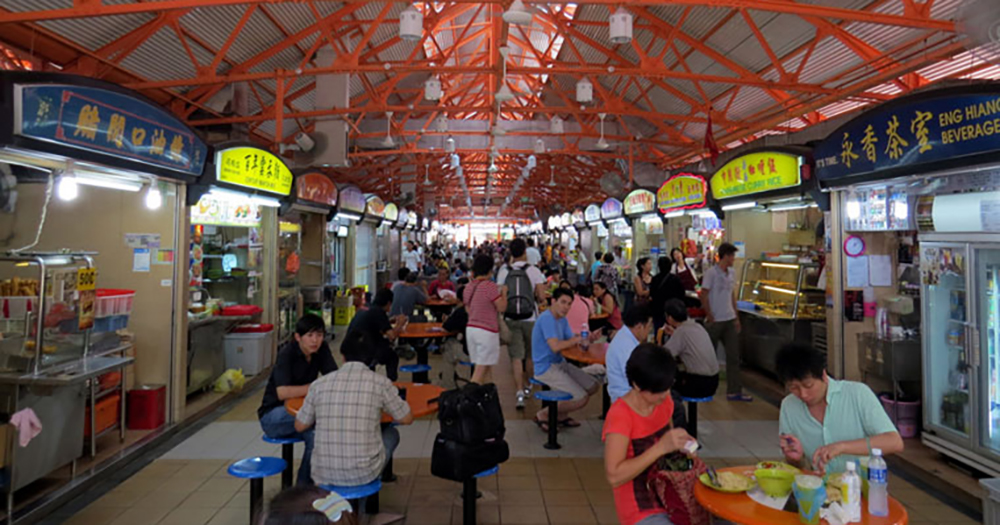If you're reading this article in Singapore on your mobile phone, laptop or tablet, congratulations: You have not starved or been poisoned to death.
And you have the Agri-Food and Veterinary Authority (AVA) to thank for the abundance of food that has been held to high safety standards.
According to this article in The Diplomat, published last September, Singapore was ranked the second-most food secure country in the world in 2015 by the Economist Intelligence Unit (EIU).
This is way ahead of major food-producing big countries like Malaysia (34), Brazil (36) and Australia (9) and only just behind the United States.
And as a massive importer of food, where almost 90 percent of what we put into our mouths comes from overseas — as less than 1 percent of our land area is used for agriculture — Singapore ranks 1st, 11th and 13th on affordability, availability and quality and safety, respectively, on the EIU's Global Food Security Index.
All of these achievements are to the credit of the AVA.
Diversification of food sources
In Singapore, there is no such thing as one foreign country being our major food source.
There are two broad fundamental reasons why this is so: Singapore doesn't enjoy putting all its eggs into one basket and people in Singapore have little qualms eating anything that originates from other parts of the world.
As such, through its Food Security Roadmap, the AVA has diversified sources of food imports, optimised local production and improved the resilience of our food supply.
This helps spread the risks associated with high levels of food imports.
Singapore is viewed — by the US, in particular — as a diverse, dynamic, highly developed, extremely competitive importer with very strict sanitary requirements.
Consumers here are open to a wide range of foreign concept foods, highly conscious of food safety and health and aware of sustainable products.
Although one downside is that consumers here are not necessarily willing to pay more for them, in 2013, tiny Singapore was still the US's 13th largest market where approximately US$575 million worth of food products were exported to this tiny red dot.
Singapore was also one of Australia's biggest market -- the 9th largest, in fact. In 2014, exports reached A$1.1 billion.
Besides, buying food from overseas, Singapore has looked towards agricultural investment or contract farming abroad as an effective strategy against fluctuations in supplies.
For example, the Sino-Singapore food zone established in 2010 in Jilin, China, has been designed as a foot-and-mouth disease-free-zone so that it can be an important source of pork.
AVA has also ensured increased local food production over time through the investments in new farming techniques, such as hydroponics, that have contributed to a 30 percent increase in local vegetable production over the past 10 years.
At the end of 2014, some 40 percent of local farms had benefited from the Food Fund.
Lastly, although not mentioned in the piece, Singapore practises the stockpiling of rice to stabilise prices in times of short-term shortages.
It is mandatory for rice importers to hold a two-month stockpile in government warehouses here.
Now you know.
Related article:
Taiwan milk tea S’poreans are crazy about being recalled by AVA
The Potong ice cream you grew up eating is being recalled
H/T The Diplomat
Top photo via David Berkowitz Flickr
If you like what you read, follow us on Facebook, Instagram, Twitter and Telegram to get the latest updates.
